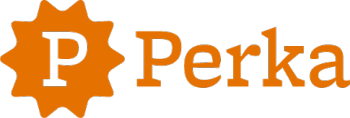Interaction design is getting physical. These two talks from Nathan Moody and Elissa Frankle will give you a toolkit for designing immersive, interactive environments.
Location
SVA Theatre – Beatrice Theatre
333 West 23rd Street New York, NY 10011
Moderator and host

Site-specific interactive installations are an increasingly popular method for more effectively connecting people to brands, ideas, their work, and one another. Moving beyond fancy experiential marketing, though, requires the creation of smart spaces, environments that can sense, react, and even have a voice. Such real-space, real-time interactions between humans, devices, and architecture are as powerful and impactful as they are complex to implement. While these kinds of experiences are slowly becoming more common, the desire to deliver the new and unexpected can often end up being confusing and frustrating for visitors unfamiliar with these emerging interaction models. Stimulant has worked exclusively in this realm for over eight years, and its design director, Nathan Moody, will share its hard-earned lessons and best practices for creating immersive, human-scale interactive experiences. From architecture and human geography to sensors and specific design techniques, Moody will share insightful anecdotes from the front lines of place-based interaction with concrete takeaways that are relevant even beyond the creation of smart spaces. This lecture will inspire interaction designers to move well beyond the screen in their design thinking and practice, and to aspire to make our environments reactive and responsive.

Museums and other cultural institutions are really good at sharing knowledge and expertise with visitors. Unfortunately, too often their excitement about imparting information overtakes their awareness of visitors’ spatial needs, resulting in frustration, confusion, and, as a result, less focus by the visitor on the content of the museum. As interaction design moves more and more into physical spaces, it’s natural to look at museums as proving grounds for testing new ideas of how people might interact with their environments. This talk presents a new paradigm for building experiences in public spaces, based on an adaptation of Maslow’s Hierarchy of Needs, developed out of research conducted at the United States Holocaust Memorial Museum in 2016. Attendees will learn about why wayfinding to bathrooms and signposts to time planning are just as vital as testimony and artifacts to museums and their visitors, and leave with a framework and tangible action items to help recenter people in buildings of all kinds as human beings.







































